Will Companies and Contractors Buy the Workhorse W-15 Electric Pickup?

Whether or not there is public demand for them, electric pickup trucks are on the way. Tesla is preparing one for market while another American company specializing in electric utility vans is doing the same. The Ohio-based Workhorse Group is putting the finishing touches on its W-15 pickup in the hopes that companies might want to add it to their fleet.
Workhorse already provides medium-duty vans to companies for ground delivery services, including the United States Postal Service, FedEx, and UPS. Its popular E-Gen platform mates to a traditional Morgan-Olson step-van body and uses a 60 kWh Panasonic battery pack, supplemented by a 647 cc internal combustion unit from BMW. The W-15 pickup promises to be a different animal but will remain targeted at Workhorse’s core of fleet-focused businesses.
Playing to its buyer base’s focus on the bottom line, the company is claiming the pickup should prove more affordable and deliver a stronger return on investment than traditional internal combustion trucks. “We sell it on economy. This is a less expensive truck,” Workhorse CEO Steve Burns told USA Today.
However, the base price of the W-15 is $52,500. Those savings come over time via maintenance and gas fees. But based on the budgetary success of hybridized vans, Burns isn’t speaking nonsense. Commercial fleets, especially those based in cities, seem willing to adopt electrics on the promise of long-term savings. Still, while odds are good that an EV pickup will be cheaper to run, the W-15 won’t be much good to anyone if it doesn’t function as a work vehicle.
Its formula is similar to the E-Gen step-vans. The pickup uses a pair of electric motors, one in the front and one in the back, for a combined 460 horsepower. The BMW range extender carries over from the van. Workhorse claims the W-15 is capable of driving 80 miles on electricity alone, though that range is sure to fluctuate in extreme temperatures, or if drivers decide to test the pickup’s alleged 5.5 second 0-to-60 time. Fuel economy is rated at 32 highway and 28 city when the gas motor is running; otherwise, it’s 75 MPGe all day.
Sufficient for holding 2,200 pounds of cargo in its bed and possessing a side-mounted 7.2 kW, 30-amp outlet for running power tools, the electric pickup sounds like a decent contender as a work vehicle. However, its towing capabilities are soemwhat lackluster. Workforce sets the W-15’s maximum hauling weight at 5,000 pounds — a base Chevrolet Silverado can manage 7,600 pounds and Ford’s cheapest F-Series can pull almost a half-ton more than the Chevy if equipped correctly. Of course, neither of those come with all-wheel drive as standard equipment, possess 460 hp, or have a composite body with carbon fiber — they’re just a hell of a lot cheaper.
At 234 inches long, the Workhorse is roughly the same size as its more-traditional competitors, but its angular bodywork helps to set it apart from rivals. It looks like a concept vehicle from a decade ago, though I imagine the modest ground clearance and long front overhang don’t do it any favors off-road.
The interior screams fleet, with a few colorful flourishes injected into an otherwise spartan workspace. There is a lot of plastic, a steering wheel, a gear selection dial, and not much else. All instrumentation and infotainment are addressed using LCD touch screens.
Workhorse says it already has 4,650 pre-orders for the pickup and has entered into a 10-year strategic partnership with corporate vehicle provider Ryder to become the primary distributor and service outlet for the model. The company plans to launch the truck next year with a 6.5-foot bed and extended cab configuration to businesses, but has not yet addressed the prospect of retail sales.
[Images: Workhorse Group]

A staunch consumer advocate tracking industry trends and regulation. Before joining TTAC, Matt spent a decade working for marketing and research firms based in NYC. Clients included several of the world’s largest automakers, global tire brands, and aftermarket part suppliers. Dissatisfied with the corporate world and resentful of having to wear suits everyday, he pivoted to writing about cars. Since then, that man has become an ardent supporter of the right-to-repair movement, been interviewed on the auto industry by national radio broadcasts, driven more rental cars than anyone ever should, participated in amateur rallying events, and received the requisite minimum training as sanctioned by the SCCA. Handy with a wrench, Matt grew up surrounded by Detroit auto workers and managed to get a pizza delivery job before he was legally eligible. He later found himself driving box trucks through Manhattan, guaranteeing future sympathy for actual truckers. He continues to conduct research pertaining to the automotive sector as an independent contractor and has since moved back to his native Michigan, closer to where the cars are born. A contrarian, Matt claims to prefer understeer — stating that front and all-wheel drive vehicles cater best to his driving style.
More by Matt Posky
Latest Car Reviews
Read moreLatest Product Reviews
Read moreRecent Comments
- Slavuta Nissan + profitability = cheap crap
- ToolGuy Why would they change the grille?
- Oberkanone Nissan proved it can skillfully put new frosting on an old cake with Frontier and Z. Yet, Nissan dealers are so broken they are not good at selling the Frontier. Z production is so minimal I've yet to see one. Could Nissan boost sales? Sure. I've heard Nissan plans to regain share at the low end of the market. Kicks, Versa and lower priced trims of their mainstream SUV's. I just don't see dealerships being motivated to support this effort. Nissan is just about as exciting and compelling as a CVT.
- ToolGuy Anyone who knows, is this the (preliminary) work of the Ford Skunk Works?
- Kwik_Shift_Pro4X I will drive my Frontier into the ground, but for a daily, I'd go with a perfectly fine Versa SR or Mazda3.

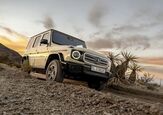
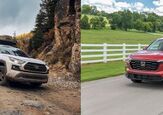
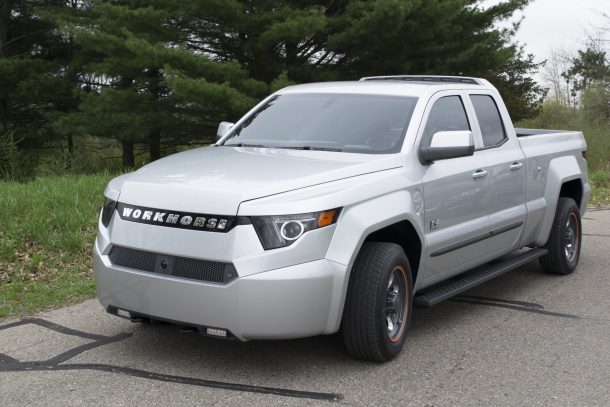
















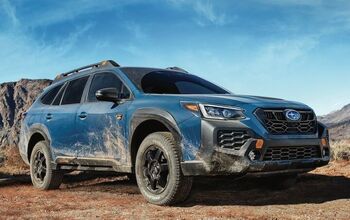
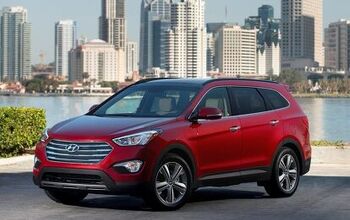
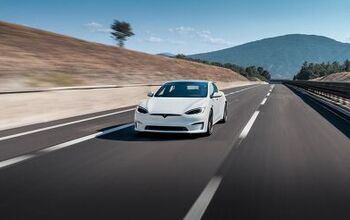
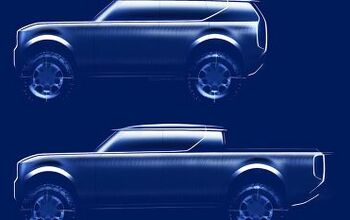


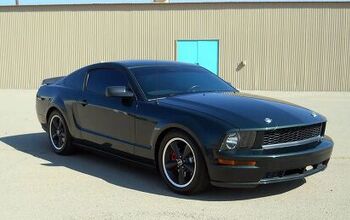
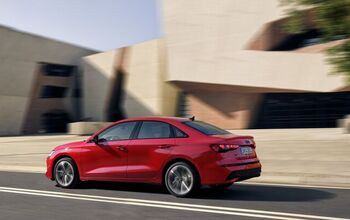


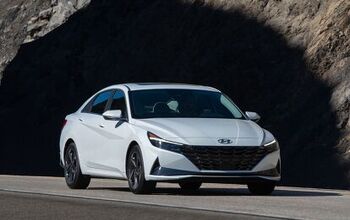
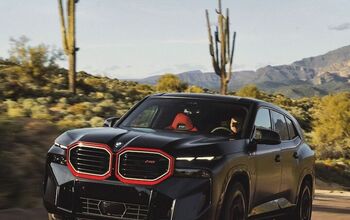
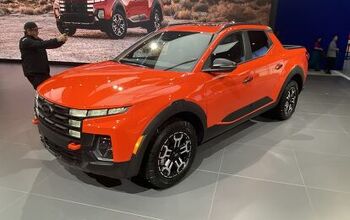

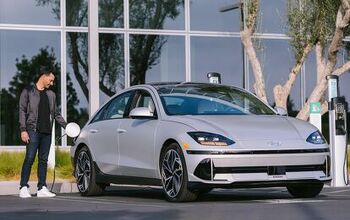
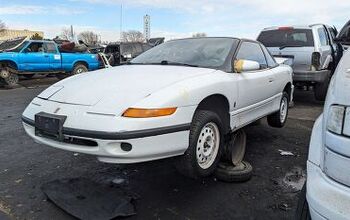
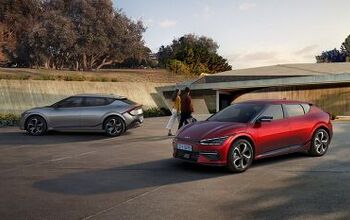
Comments
Join the conversation
The powertrian is interesting, though a bit overpowered. Aside from that, I don't understand who their target market is. This is not a "work truck".
I'm seriously dubious about that tiny BMW range extender. Did Bob Lutz's VIA Motors ever move on from issuing press releases to delivering vehicles? Their thing was extended-range EV conversions on Chevy pickups and vans. Seems like an easier starting place. The VIA solution had a lot smaller battery (23 kWh) and a lot bigger engine (4.3 liter V6), so you'd only get 40 miles before the battery needed recharging, but it seems more plausible that a 4300 cc engine would be up to that task, vs a 650 cc engine. VIA's other selling point was service through ordinary Chevy dealerships.